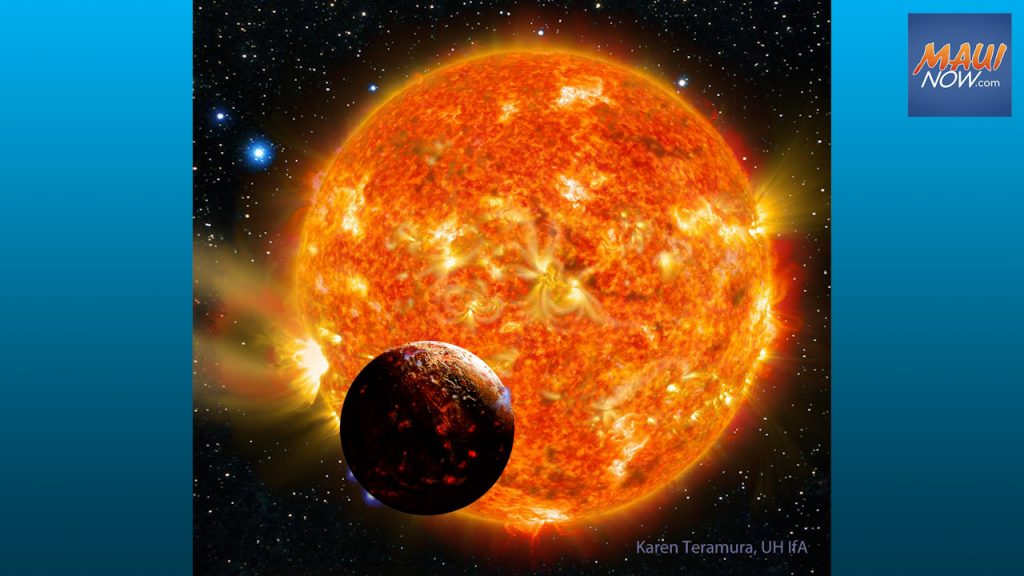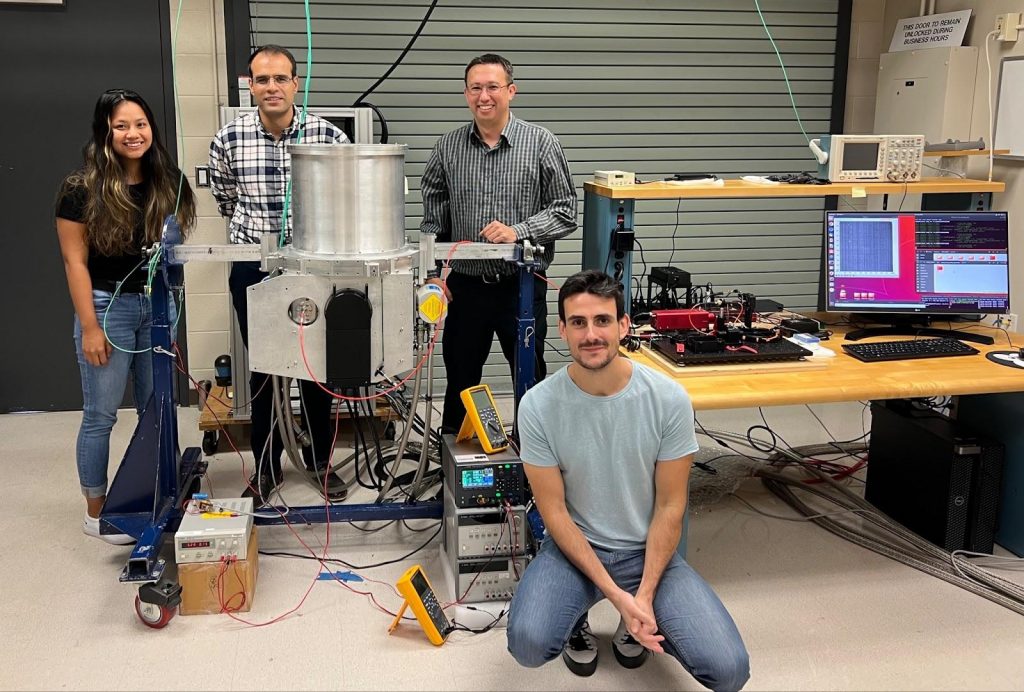$4M NASA grant to help UH researchers develop new sensors to observe distant planets

A research team led by University of Hawaiʻi Institute for Astronomy (IfA) astronomer Michael Bottom has been awarded $4 million from NASA to aid in their exoplanet research, according to a press release issued today.
The grant will be used to develop a new generation of ultra-sensitive sensors needed to observe distant planets and their atmospheres.
The 2022 Decadal Survey on Astronomy and Astrophysics, which lays out the top US astronomy priorities for the next decade, identified a new 6-meter space telescope optimized for exoplanet direct imaging and spectroscopy as the highest priority space mission.
This new mission aims to unambiguously identify and classify about 25 Earth-like exoplanets to determine if they possess atmospheres suitable for life. The UH team will provide the sensors for that project.

“The technology developments required to make this space mission viable are extremely ambitious, and detectors are among the most difficult parts,” said Bottom in the news release. “But when it flies, we’ll be able to tell for the first time if habitable, Earth-like planets are common in our corner of the universe.”
Many ground- and space-based telescopes, including the Hubble Space Telescope, James Webb Space Telescope, Keck Observatory and dozens more, use IfA-developed infrared sensors.
Called HgCdTe (mercury, cadmium and tellurium) Astronomical Wide Area Infrared Imager (HAWAII) arrays, these were developed by the late Don Hall, current team members IfA Astronomer Klaus Hodapp and Shane Jacobson, and many others.
This new grant will enable the IfA to maintain its forefront position as one of the world leaders in cutting-edge infrared imaging technologies, according to the announcement.
UH researchers say the new mission is extremely challenging because Earth-like planets are fainter than the stars themselves. “Taking images of such planets is impossible today, and making detailed measurements of their atmospheres is even harder,” according to the release.
“Despite decades of development, scientists and engineers have not been able to significantly reduce this electronic noise. One solution to achieve the sensitivity needed to study exo-Earth atmospheres is to multiply the signal received by the detector before measuring it electronically,” UH reports.
Hodapp said, “Bottom and his team are on track to overcome this hurdle by applying a high voltage across the detector so that every detection of a light particle, a photon, kicks off an avalanche of electrons that easily overcomes the electronic detector noise.”
While the primary goal of this technology development is to enable the science planned for the upcoming project, the new detector could also be used by other projects that look at space-based spectroscopy of faint galaxies, precision photometry and ground-based high-resolution infrared spectroscopy, according to the release.
Keith Barnes, Science Detectors Program Manager at Leonardo said, “We are proud that our technology will play a key role in identifying nearby habitable planets. This new sensor has been developed over a decade on a number of projects, including a Nobel Prize award-winning program for the exploration of black holes, so we feel excited to see how far our joint capability can help uncover more secrets of the universe.”








